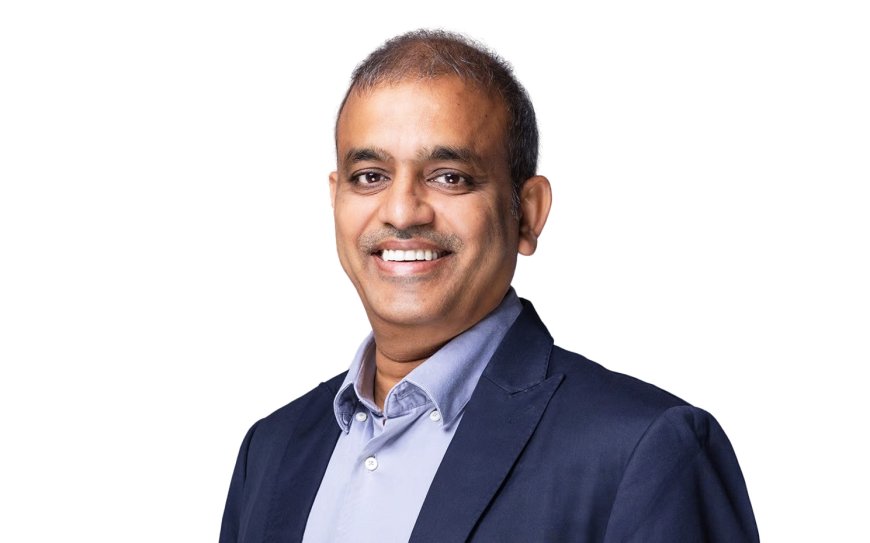Wavin pioneers sustainable water solutions to meet India’s growing urban and industrial demands

Randhir Chauhan
President, Orbia India
How is India’s water distribution infrastructure evolving? How is Wavin contributing to the water distribution needs of the country?
India’s water distribution infrastructure is undergoing a significant transformation as the country grapples with rapid urbanization and the increasing demands on its water resources. Aging systems, water loss, and the need for climate-resilient infrastructure are challenges that require urgent and innovative solutions. Wavin is actively contributing by leveraging over 60 years of global expertise and our long-standing presence in India since 1964. Our advanced piping solutions are tailored to ensure efficient, leak-free distribution systems, helping reduce water loss and enhance reliability. Through our localized manufacturing capabilities and vast distribution network, we are committed to playing a pivotal role in building robust, sustainable water infrastructure across India.
What are the latest products and solutions from the company that promote sustainable water infrastructure?
At Wavin, sustainability is at the core of our innovation. Our wide range of innovative products, such as the Tigris K5 and M5 piping systems, are designed to address water management challenges with an emphasis on preventing water loss through features like Acoustic Leak Alerts making them ideal for the Indian market. This technology ensures immediate detection of leaks, contributing to more efficient water usage and reduced waste. Further, Wavin AS+ & Wavin Sitech+ range spearhead the low noise drainage category catering to premium residential and hospitality sector. Beyond leak prevention and low noise drainage, we are also pushing forward with solutions like Quickstream and AquaCell, which focus on stormwater management and rainwater harvesting. These systems have consistently demonstrated exceptional performance in maintaining robust and reliable water management systems and help reuse rainwater, significantly reducing reliance on freshwater sources. Such innovations are key as we aim to support India’s urban development with sustainable, future-ready water infrastructure, helping build more resilient cities in the face of increasing water scarcity.
How are Wavin solutions effectively catering to the water supply systems and reducing water loss in distribution?
Wavin’s approach to water distribution is centered around maximizing efficiency and minimizing wastage, which is critical in addressing India’s water management needs. Our Tigris piping systems, equipped with Acoustic Leak Alerts, have set a new standard for water conservation by detecting even the smallest leaks in real-time, ensuring water loss is minimized before it becomes a major issue. Additionally, our solutions for stormwater management, like AquaCell, provide a comprehensive way to collect, store, and reuse rainwater, easing the pressure on freshwater resources and reducing water loss at various stages of distribution. By integrating these advanced systems into India’s water infrastructure, we not only enhance durability and efficiency but also contribute to creating a more sustainable and robust water supply network for the future.
How are you focusing on India’s water needs from the perspective of India’s real estate and industrial market?
Wavin recognizes the critical role that efficient water management plays in both real estate and industrial sectors. With India’s real estate market rapidly growing and industrial expansion continuing, especially with the ongoing modernization of cities, the rise of smart cities, and the government's increased focus on infrastructure, the demand for reliable water infrastructure is at an all-time high. Our solutions cater to these specific sectors by providing systems that reduce water loss, ensure consistent supply, and support sustainable practices. Our localized manufacturing and strategic presence in key growth markets enable us to meet the unique needs of the Indian real estate and industrial sectors, helping them achieve long-term sustainability goals.
How are your piping solutions setting new benchmarks in the Indian water infrastructure sector?
We see immense potential in India’s infrastructural development, especially with the ongoing modernization of cities, the rise of smart cities, and the government’s increased focus on infrastructure. The market is poised for significant growth, potentially achieving double-digit expansion in the near future. As India progresses towards enhanced urban infrastructure, Wavin’s technology-driven solutions will play a crucial role in ensuring that water management systems are both sustainable and technologically advanced. We are currently establishing a strong local supply chain and assembling our commercial teams across the country. This includes continuous investment in the localized manufacturing of our major product range, which will significantly enhance our ability to serve the market more effectively. Furthermore, our value-for-money product range is tailored to meet the needs of the diverse Indian market, ensuring that our solutions are not only effective but also affordable for a wide range of customers.
How are you expanding operations in the country?
In addition to our contributions in water distribution, Wavin is deeply invested in India’s journey toward creating smart cities. We are expanding our reach into Tier II and III cities, ensuring that our advanced solutions are accessible across the country. Moreover, our partnership with local influencers such as plumbers and contractors through targeted marketing strategies ensures that our products are not only top-tier but also well understood and adopted by key players in the industry. Our focus on value-for-money products makes high-quality water management solutions available to a wider range of customers, contributing to the overall growth and modernization of India’s water infrastructure.







